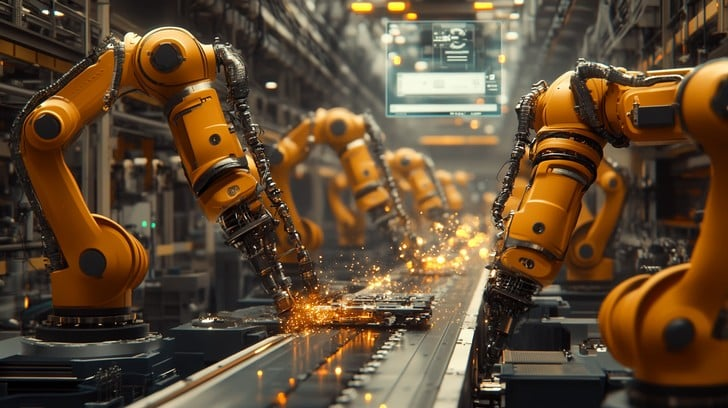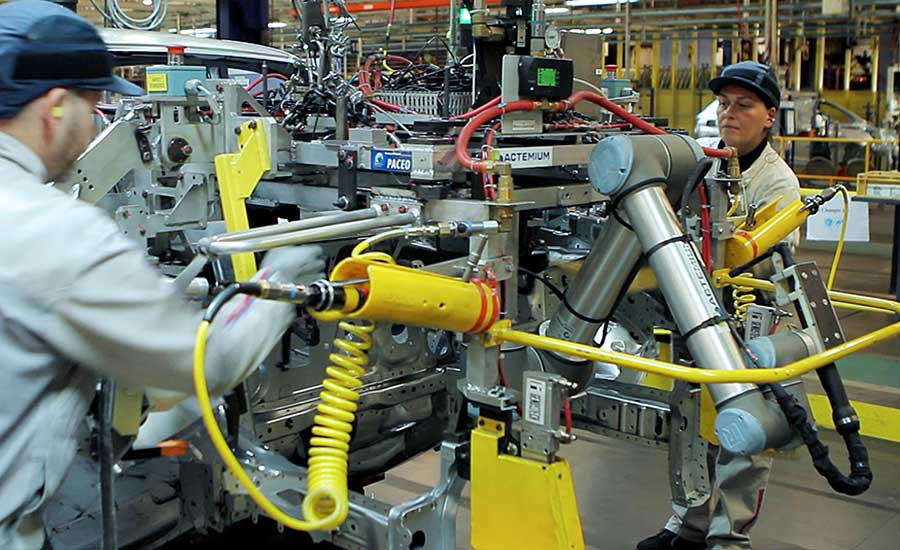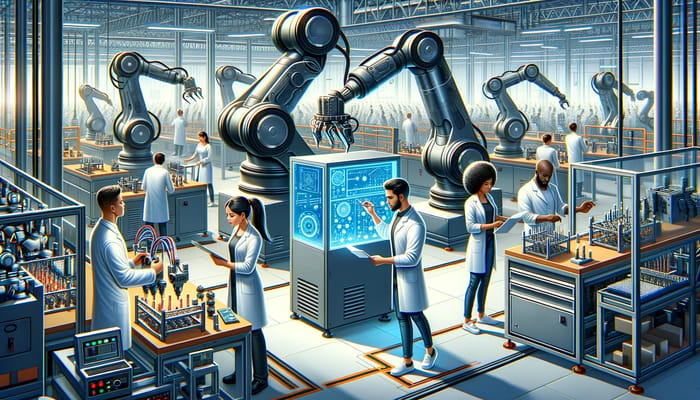- Published on
Unleashing the Power of Advanced Robotics The Future of Automation
- Authors

- Name
- Adil ABBADI
Introduction
The realm of advanced robotics is on the cusp of a revolution, where machines equipped with artificial intelligence (AI) and machine learning (ML) capabilities are poised to transform the very fabric of industries and societies. As we delve into the future of automation, it's essential to understand the intricacies of this rapidly evolving field and its boundless potential.

- The Rise of Autonomous Systems
- Human-Robot Collaboration: The Future of Workforce Augmentation
- Advanced Sensing and Perception: Unlocking Robot Intelligence
- Conclusion
- Join the Robotics Revolution
The Rise of Autonomous Systems
Autonomous systems, capable of operating independently without human intervention, are redefining the manufacturing landscape. These advanced robots can perform complex tasks, such as assembly, inspection, and material handling, with increased speed and accuracy. For instance, autonomous robots are being used in the automotive industry to optimize production workflows, reduce labor costs, and improve overall product quality.
# Example code for autonomous robot navigation using ROS (Robot Operating System)
import rospy
from geometry_msgs.msg import Twist
def navigate_to-goal(x, y):
# Create a ROS node
rospy.init_node('autonomous_navigation')
# Publish velocity commands to the robot
pub = rospy.Publisher('/cmd_vel', Twist, queue_size=10)
# Calculate the velocity command based on the goal coordinates
velocity_command = Twist()
velocity_command.linear.x = x
velocity_command.linear.y = y
# Publish the velocity command
pub.publish(velocity_command)
# Wait for the robot to reach the goal
rospy.sleep(5)
# Navigate to a goal coordinates (x, y)
navigate_to_goal(5, 3)
Human-Robot Collaboration: The Future of Workforce Augmentation
As collaborative robots, or cobots, continue to advance, they are bridging the gap between humans and machines. These robots are designed to work alongside humans, enhancing productivity, and reducing the risk of injury. In warehousing and logistics, cobots are being used to automate tasks such as palletizing, packaging, and material handling, freeing human workers to focus on higher-value tasks.

Advanced Sensing and Perception: Unlocking Robot Intelligence
Advances in sensing and perception technologies are enabling robots to better understand and interact with their environments. Computer vision, LiDAR, and other sensors are being integrated into robots to provide real-time feedback, allowing them to adapt to changing situations and make informed decisions.
// Example code for implementing computer vision in a robot using OpenCV
#include <opencv2/opencv.hpp>
int main() {
// Capture video from the robot's camera
cv::VideoCapture cap(0);
// Create a window to display the video feed
cv::namedWindow("Robot Vision");
while (true) {
// Capture a frame from the video feed
cv::Mat frame;
cap >> frame;
// Process the frame using OpenCV
cv::GaussianBlur(frame, frame, cv::Size(5, 5), 0);
// Display the processed frame
cv::imshow("Robot Vision", frame);
// Exit on key press
if (cv::waitKey(1) == 27) {
break;
}
}
return 0;
}
Conclusion
Advanced robotics is poised to transform the future of automation, enabling industries to reach new heights of efficiency, productivity, and innovation. As autonomous systems, human-robot collaboration, and advanced sensing and perception technologies continue to evolve, we can expect to see robots playing an increasingly integral role in our daily lives.
Join the Robotics Revolution
Whether you're an industry professional, researcher, or simply a robotics enthusiast, the possibilities offered by advanced robotics are vast and exciting. Join the conversation, explore the latest developments, and discover how you can contribute to shaping the future of automation.

